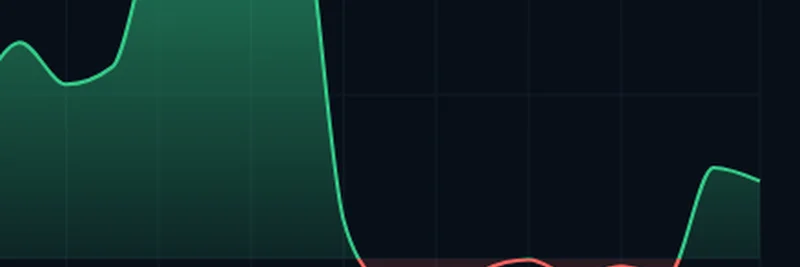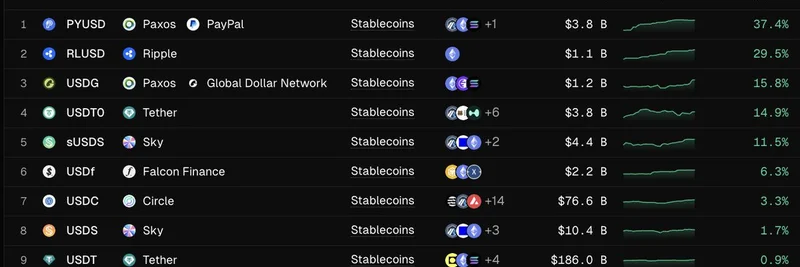If you've been dipping your toes into Solana's DeFi scene, you've probably heard the buzz around "delta neutral" funds. These setups promise steady yields without the wild swings of the crypto market. But as a recent thread from Moo, founder of Elemental DeFi, points out, many aren't as neutral as they claim. Let's break it down in plain English and see why your money might be at risk.
The Illusion of Neutrality
Delta neutral strategies aim to balance positions so that market movements—up or down—don't affect your overall portfolio. Think of it like hedging your bets: you provide liquidity to earn yields while using perpetual futures (perps) to offset price risks. On Solana, this often involves Jupiter's JLP pools, where you can farm high APRs.
But Moo's thread starts with a stark chart from a high-profile JLP fund, showing a sharp drawdown starting October 11, 2025. That's no coincidence—it lines up with a massive market crash that liquidated $19 billion in crypto positions, dwarfing events like the COVID dip or FTX collapse.
Why the loss? True delta neutrality should protect you. Yet, many funds are "pseudo neutral" at best, often carrying hidden long biases or leverage to juice returns in bull markets. When things turn south, depositors eat the losses.
Record Yields, Hidden Bleeds
During that crash week, Jupiter Exchange perps offered insane yields—around 40% APR, with peaks likely in the triple digits on October 11 alone. So how did these funds still tank?
The answer lies in funding rates. In perp trading, funding rates are payments between long and short positions to keep prices aligned with the spot market. When rates go deeply negative (like -400% on SOL that day), shorts (which funds use to hedge) end up paying longs. If the negativity persists—as it did for three days—your "neutral" position bleeds cash.
Moo dug into one fund's portfolio: it dropped from 2.32% to 0.21% in just three days, equating to a -256% annualized loss. Investigation revealed a 4-5% long bias and leverage—great for upsides, disastrous for downs.
The Funding Rate Fallacy
Fund managers often downplay risks, claiming negative funding rates are short-lived. But history says otherwise. In Q1 2025, SOL funding rates stayed negative for extended periods. Relying on outdated patterns in a fast-evolving market is a recipe for disaster.
When Moo pressed managers on why they didn't deleverage to stables during the bleed, the response was optimism: "We believe it'll flip soon." Reality? Slippage in volatile conditions made unwinding positions costly, trapping funds in losing hedges.
Lessons for Savvy Investors
Not all delta neutral plays are shady—Moo hints at ways to achieve true neutrality (teasing a future reveal). But the key takeaway? Don't take labels at face value. Before parking your funds:
- Ask for detailed breakdowns of biases and leverage.
- Demand transparency on hedging mechanics.
- Check historical performance during downturns, not just bull runs.
In crypto, especially on high-yield platforms like Jupiter Exchange, knowledge is your best defense. Stay informed, question everything, and protect your stack from hidden risks.
If you're farming yields on Solana or eyeing DeFi strategies, threads like this from experts like @moothefarmer are gold. Follow for more insights, and remember: in DeFi, neutrality isn't given—it's earned.


